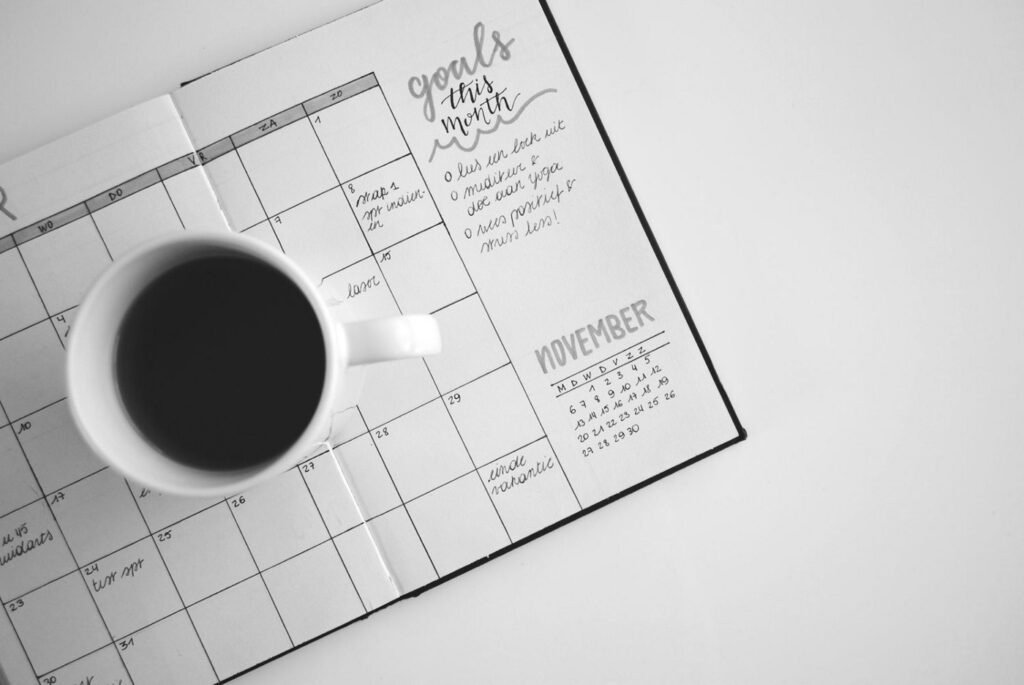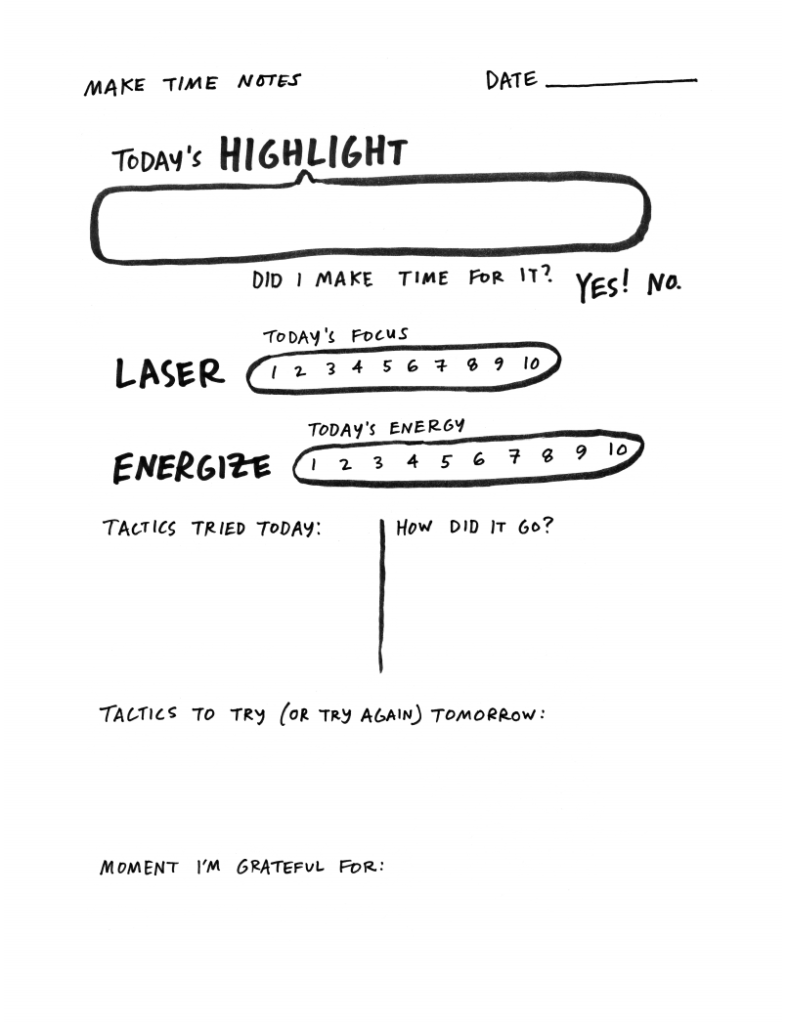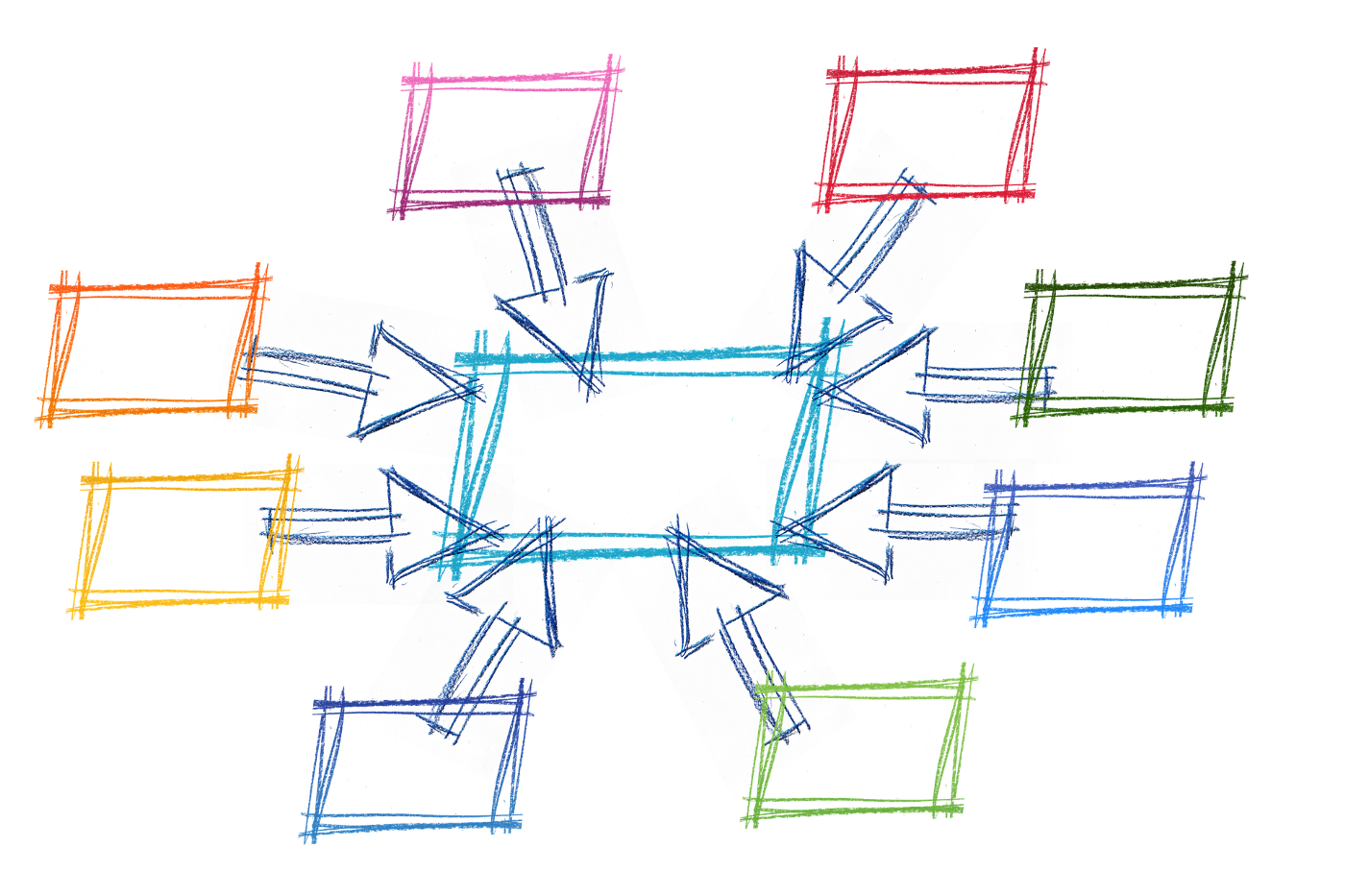As a modern human being, you got many tasks to catch up on every day and most of your days might sound busy, whether it’s with the regular job that you do with a continuous loop of meetings you plan to attend, collaborating and supporting your team, or on the other hand, you may try to catch up with a new skill that you want to develop, hanging out on social media or just keeping yourself updated with all the latest news you don’t want to miss, and of course you need to spend time with your family and self and, to get most of everything you do, sometimes it feels hard to find the focus resulting your day may end up in an unproductive way which you not actually intended for when you start your day. And this also makes you wonder where did the time go and thereby you get stuck or unable to get track of things you wanted to do every day. But, a proper understanding of why this happens and getting to know some proven everyday tactics might help us bring back the focus where we continue to do good work all day. And it all starts with understanding, why the distractions are caused, and ways to eliminate them.
The Why
Being distracted might sound obvious in an always overcrowded digital environment with a continuous information overload and infinite threads of social media and news refreshed every second. This paradigm of the 21st century makes us not only busy but overwhelmed. So, there are a few tactics we can follow which help us to bring back the flow state, encourage deep work mechanisms by which we plan and focus on, what matters every day.

There is more to life then increasing it’s speed — Mahatma Gandhi
Find & Eliminate your distractions
First of all, before we move in, let’s try to understand what distraction really means. A distraction is any action that pulls us away from what we intend to do. And the opposite of it is not ‘focus’ it’s “traction.” Both words come from the same Latin root trahere, which means “to pull.” Both words also end with the same six-letter word, “action,” reminding us that both “traction” and “distraction” are actions we decide to take, not things that randomly happen to us. And understanding the distinction between traction and distraction is crucial. We can’t say, we got distracted unless we have defined, in advance, what is traction for us at that moment in time. For example, spending time on social media feeds or watching Netflix can be an act of traction if that’s what you planned to do with your time. But, the movement it’s affecting your work that you plan to do then you are actually distracted now. So, let’s try to find and eliminate a few of the everyday distractions that are stopping you to focus on what matters most.

Research shows 79% of smartphone users check their phone every morning within 15 min of waking up. Let’s face it, we are hooked. The reason might be, it’s very tempting for us to check the latest updates, but as something in the world of the internet that always changes overnight and makes it nearly impossible for us to come back from the infinite pools of information to the present moment. So, the longer we postpone our morning check-In the longer we can preserve our valuable time for that matters in a day.

The author ‘Nir Eyal’ describes in his book hooked very clearly that how companies like Facebook, Instagram, YouTube use everyday human habits (automatic behaviours triggered by situational cues) in creating continuous hook cycles, and the more often a person run through these hooks, the more he/she likely to form habits making yourself being hooked to these infinite pools. I encourage you to read the book hooked to learn more about this cognitive psychology in detail(The hook model: a four-phase process company to form habits). And as we continue to develop this habit of being hooked knowingly or unknowingly we slowly start to change our regular routines with distractions which affect our chances of getting focused or doing deep work that comes to a quest.
Use your mornings to achieve your goals and accomplish some pretty amazing things. The hours after you wake up are truly precious because your brain is in one of its most creative states of mind. Most of the time your morning sets the tone for the rest of your day. And if you win your days, the years will take care of themselves.
Turn off Notifications
Turning off all your unnecessary notifications reduces the friction of your daily check-In by default unless you really need to perform an action or check something that’s important or mandatory. But, turning off your notifications is just the beginning, and the real problem lies in switching off the constant internet feed that updates every sec with a pull to refresh, you can think of these as your social media feeds, online streaming (Netflix, youtube), daily news, etc. The author ‘Jake Knapp’ describes these constant feeds of data as infinite pools in his book Make Time (A comprehensive guide on how to make time for what matters every day, few of the points I mentioned here are inspired by his writings in the book. Go ahead and grab a copy now because it’s worth a read).

And the quick solution to stop these infinite pools is to uninstall the type of apps or logout from websites that are constantly distracting, might help in decrease the friction to some point of checking in, but to actually get over these infinite pools you need to change your environment and mindset. If not, technology will take over it.
Changing your environment by adding and removing the stuff around you will create friction of using it or not. For example, adding a book beside can improve the chances of reading it regularly, similarly keeping away mobile from your desk needs more friction to check In constantly. And, Let’s be honest, changing the mindset doesn’t happen right away as we change our environment, it’s like changing our default habits that trapped over for years which takes a lot of time and effort to eliminate them and build new habits. So, instead, what if we make time for our distractions too for a certain duration of our day turning them into tractions and slowly eliminating them and it also helps in reducing the cognitive load of your mind for the present movement. But remember infinite pools are always there and are not going anywhere. All it matters is how you plan the day that helps you to eliminate your distractions first.
Make time tactics can help
Start with a small win
Starting your day with a small win builds momentum for rest of the day, makes you feel accomplished something already. This also helps you prioritize your day by having your most important task in the first place.
To-do list vs Schedule
A to-do list is one of the most common ways people list down to prioritize their daily and weekly tasks. Now having a simple list of items is always better in your to-do list that you plan to accomplish but as you keep adding more items into it over the day or week this may slowly make you feel unsatisfied if you failed to complete your tasks on time, and sometimes you constantly think about your undone tasks that can break your present moment too by which you tend to postpone the tasks upcoming days, eventually, it becomes impossible to get a track on. The problem might be, with the to-do list you set your goals without estimating how much time that a certain task would take and the day will be planned with random tasks knowing that you could accomplish by end of the day, which is not an ideal case all the time.

Instead, scheduling your tasks on a calendar gives you more ability to track your progress and brings clarity on how you spend your day or a week and the best part is you can schedule your distractions too by which you can turn them into tractions. A simple example could be, if checking your social media feeds is a necessary task for you every day, schedule it for a certain duration, out of your working hours instead of constantly triggering them while you are working which affects your productive outcome. A schedule keeps you stay on track by adding the constraint of a fixed period of time and focus on what’s important at present moment and helps you make time for every aspect of the day. It does take some time for any individual to build a proper schedule that works depending on how they want to plan their days, and it doesn’t have to be perfect on the first go, rather it can be improved as you figure out what works best for you. But if you still think none is working for you and makes you continuously feel unproductive, don’t be scared you can always start simple, by choosing your daily highlight.
Choose your daily highlight
The highlight method is a simple and efficient way of dealing with your busy day. The idea is pretty simple, every day you write down the key or the most important task that matters the most to you and prioritize it in your calendar. Now, there are three different ways you can pick your highlight, whether it could be an urgent goal like wrapping up a specific work item or it could be joyful like trying out a new recipe that you have bookmarked earlier this week, or it could be a satisfying goal like completing the blog post you want to publish. So, whatever you wish to do please remember that your highlight is not the only thing you could do in your day; instead, the idea is, it’s something you could definitely make time for.
Once you have chosen your daily highlight, schedule it between 60 to a 90-minute duration where you could get into laser mode in completing your highlight. Generally, any individual needs a break after 60–90 minutes of deep work or a constant focus. You could also follow the popular technique named Pomodoro Technique to have a short break for every 25 mins to focus back on the task. Moreover, you can find other simple ways to keep you energized while focusing on your daily highlight. End of the day you need to reflect back on your highlight and try to examine the different tactics you come up with completing the daily highlight. Reflecting on your highlight daily helps you know what works and doesn’t in achieving your highlight and keeps you ready for the next day.
Here is the reference from the book Make Time, that I have inspired with the framework of daily highlight. As we discussed, it is demonstrated with three simple steps that anyone can follow; choose highlight — laser focus — reflect bak. The author ‘Jake Knapp’ shares nearly 87 different tactics in the book ‘Make Time’ that helps us to focus on what matters every day.

As I continued to find more simple and mindful ways to build focus on what matters, I will keep sharing those everyday proven tactics to re-gain your focus back. Thanks for reading 🙂







